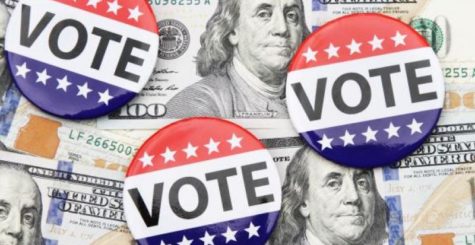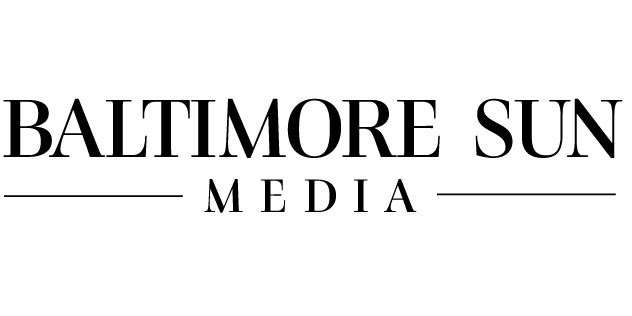
You may have heard there is an election coming. In 35 or so days, in fact (depending on when you read this). It’s not just nationally either. Here in Baltimore, November 3 will also see general elections for mayor, city comptroller, 15 city council seats and five circuit court judgeships. 2020 was always set to be a bumper political year, but of course the impact of COVID-19 has changed everything – having had a profound effect on the federal, statewide and local elections already. Primaries were postponed or canceled; in many states voting has moved entirely postal; most in person rallies were canceled; and the usual state hopping and endless public appearances political candidates usually undertake during an election year have of course been far more truncated. One thing COVID-19 has not changed though seems to be political advertising budgets.
Six months ago, at the dawn of the coronavirus pandemic, many commentators predicted major disruption to political advertising spends. Donors would drastically reduce their contributions, they warned, and this would negatively affect campaign spending. Moreover, with so many sports and other major events canceled the amount of premium TV advertising moments would be extremely restricted. All this seemed to be coming true back in March. Advertising Analytics reported that weekly spending in House and Senate races reached a peak at $21.5 million prior to Super Tuesday on March 3 at the time when the pandemic took hold. These numbers then plummet to $5 million by the end of March.
As we entered the third quarter, when spends traditionally would rise anyway and once some states began to relax lockdown measures, we started to see a rapid upward trajectory. In fact, here now in September we are looking at a cumulative spend so far of $2.19 billion – that is over $1 billion more than at the same point in 2016. Even if you take out Michael Bloomberg’s huge outlay in his aborted Democratic nominee bid, the 2020 spend is still nearly twice that of any other cycle. Advertising Analytics projects that come the end of the 2020 election cycle, upwards of $6.7 billion will have been spent.
What does this mean for us as marketers and advertisers? At the end of last year we had advised our customers to steer well clear of traditional TV advertising during 2020 due to the premium pricing and limited inventory brought about by electioneering. Is that still the case one almost one year on?
With large gatherings off the table for the foreseeable future, funds usually spent on events and campaign rallies will be diverted back into media. With televised sport now up and running once more we will likely see more large outlays in premium games. Notionally this is also proving to be a close-run contest and both sides will be looking to spend every marketing dollar they have as we get closer to November 3.
All this results in broadly the same conclusions we may have reached prior to the COVID-19 outbreak. The nation and the political landscape will have changed indelibly, but political ad spending will still be at an all-time high. If anything, that spending will be condensed into a shorter period than we would have otherwise seen. Any advertisers that heavily rely on TV for mass reach will feel these effects the most. Even if your spot does run, you will be flanked by loud and unpleasant political ads that drown out your message. The temptation will be to avoid TV altogether. However, there is a way to stay on consumers’ TV sets without the risk of being drowned out or bumped by political ads. CTV (Connected Television) advertising brings the advantage of programmatic to TV advertising. Advertisers can access premium inventory, running alongside popular TV shows and movies and all in front of an audience that is fully invested.
To find out what we can do for you in the CTV space contact your Baltimore Sun Sales Representative.

